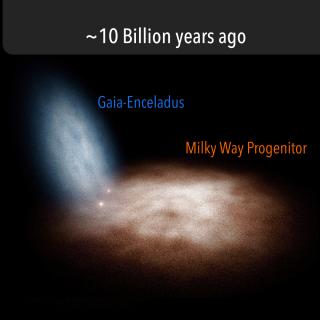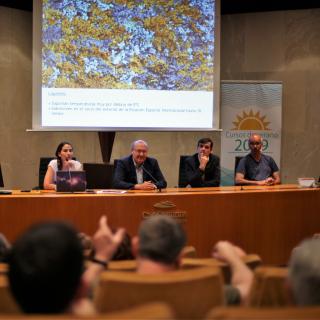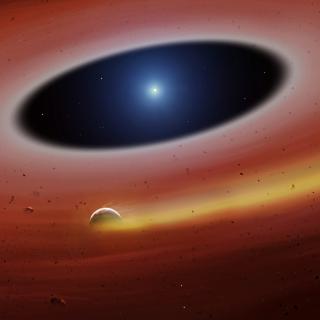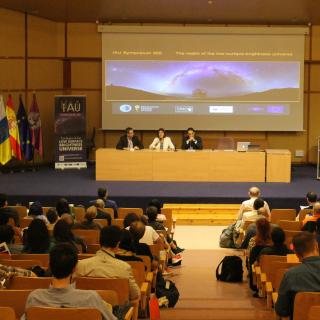
A study led by researchers from the Instituto de Astrofísica de Canarias (IAC) puts a sequence to the events which gave rise to our Galaxy.
Advertised on
This section includes scientific and technological news from the IAC and its Observatories, as well as press releases on scientific and technological results, astronomical events, educational projects, outreach activities and institutional events.



![A giant interstellar bubble being grown in the Andromeda galaxy Hα+[N II] imaging of the super-remnant in M31N 2008-12a taken with the Liverpool Telescope (left), and the Hubble Space Telescope and WFC3 (right).](/sites/default/files/styles/crop_square_2_2_to_320px/public/images/news/Galeria_IAC_figura_Pablo_Rdrguez.jpg?h=1acb51c4&itok=KgzBULrt)

